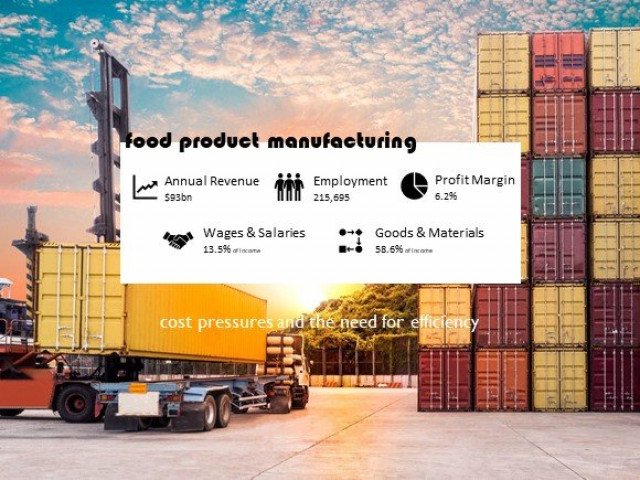Food product manufacturing
Jun 5, 2020, 5:13 PM
Food product manufacturing is Australia's largest manufacturing industry. Industry players are diverse in size - from multinationals producing large volume fast-moving consumer goods through to smaller players with flexibility to meet demand for niche gourmet items.
The food and beverage manufacturing industries provide almost $20 billion in exports each year and are central to the employment and sustainability of the agriculture, meat, seafood, wine, wholesale and retail, and tourism and hospitality industries.
ABS data reveal that food product manufacturing sales and services income grew 4.2% in 2018-19, but cost pressures remain. The Australian Food and Grocery Council says the cost of energy, transport, labour and drought are putting pressure on food manufacturers in the domestic market. Export growth, particularly to China, has stemmed further falls in the sector's value but the open market means producers need to be more efficient to compete.
In general, rising input costs, sluggish demand growth and intense retailer competition re-affirm the need for manufacturers to be efficient and to develop systems which can quickly identify areas where costs need to be re-balanced.
Rising cost pressures (electricity, rent, wages, etc.) in a competitively saturated market means that costs cannot easily be passed on to customers. Margins need to be supported by cost cutting, waste management and more efficient production. Manufacturers also must adapt to changing consumer tastes and preferences to remain relevant and competitive.

